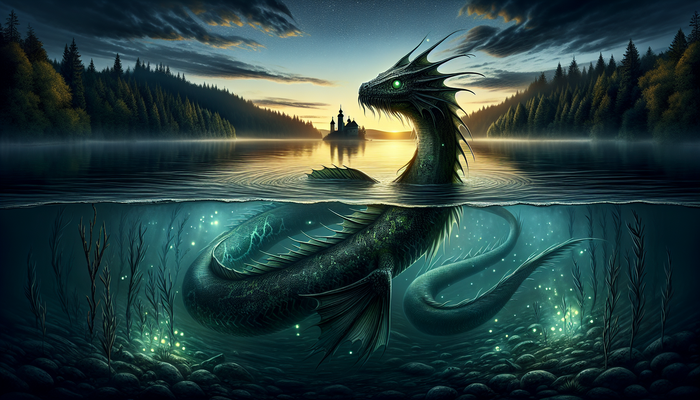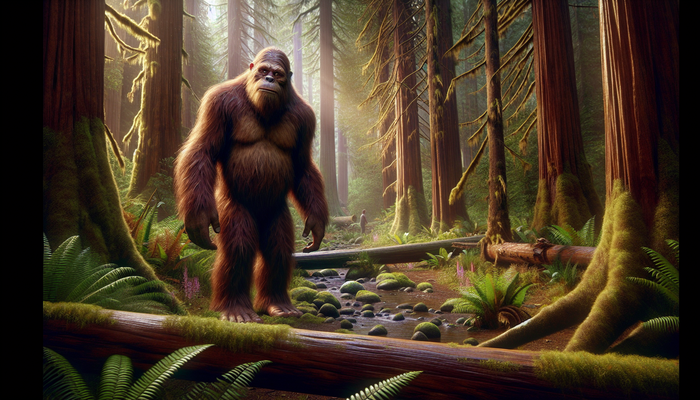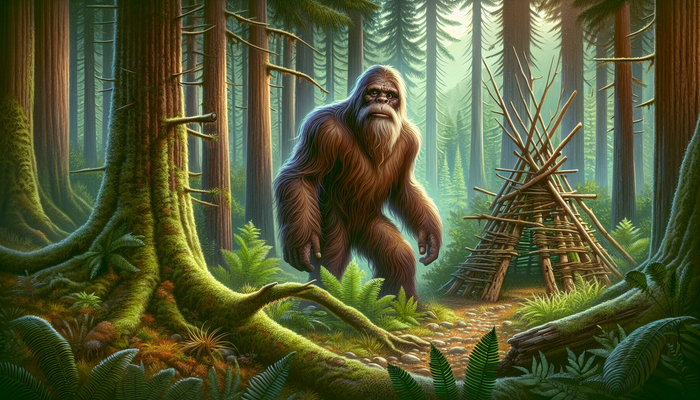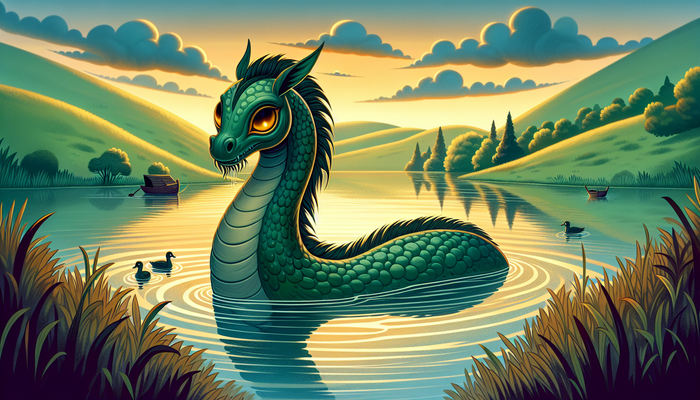What Can Skinwalkers Turn Into? Uncovering Their Transformative Powers
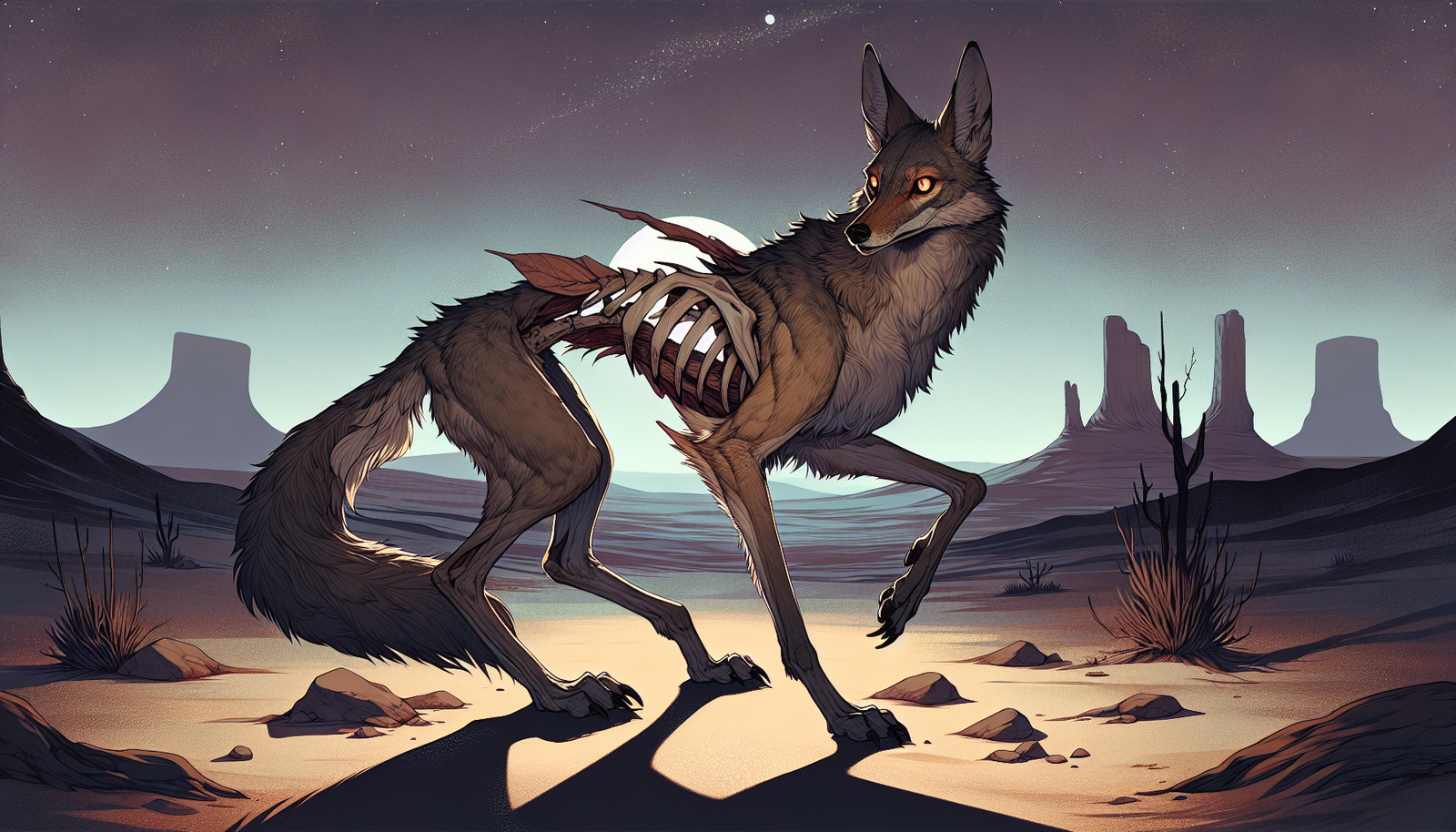
By Jack Sullivan, Cryptozoologist
The Cultural Context of Skinwalkers
In the shadowy realm of Navajo folklore, few entities inspire as much fear and fascination as the skinwalker. Known as yee naaldlooshii in the Navajo language, these malevolent witches possess an ability that both terrifies and intrigues: the power to transform into animals at will. The concept of the skinwalker is deeply rooted in Navajo beliefs about the balance between good and evil. These shape-shifting entities represent a profound violation of natural order and cultural taboos. They embody the darkest aspects of human nature, serving as a stark reminder of the consequences that await those who stray from the path of righteousness.
To truly understand the transformative powers of skinwalkers, we must first explore the cultural context in which these legends thrive. In Navajo society, harmony with nature and adherence to community values are paramount. Skinwalkers, by their very existence, represent a rejection of these principles. They are individuals who have chosen to embrace dark magic, often through unspeakable acts such as murdering a close family member.
The Transformation Process
The transformation process itself is shrouded in mystery and ritual. Unlike the involuntary changes of werewolves in European folklore, skinwalker transformations are deliberate and calculated. The witch must don the pelt of the animal they wish to become, a practice that is strictly taboo in Navajo culture. This act of wearing an animal's skin is not merely symbolic; it's believed to be the conduit through which the skinwalker channels the essence of the creature.
But the physical act of wearing a pelt is just the beginning. Skinwalkers must also undergo a process known as "imprinting," where they study and internalize the characteristics of their chosen animal. This deep understanding allows them to mimic the creature's movements, behaviors, and even thought patterns with uncanny accuracy.
Common Animal Forms
So, what forms do these nefarious shape-shifters typically assume? Here are some of the most common animal forms associated with skinwalkers:
- Coyote: Perhaps the most iconic and frequently reported skinwalker form. The coyote's association with trickery and deceit makes it an ideal choice for blending into the desert landscape.
- Wolf: Chosen for its strength, ferocity, and pack mentality. Skinwalker wolves are often described as unnaturally large with glowing eyes.
- Fox: Valued for its cleverness and stealth, perfect for subtle manipulations and infiltration.
- Owl: Associated with death and the supernatural, owls are believed to be messengers of skinwalkers.
- Bear: Represents brute strength and ferocity, making the skinwalker a nearly unstoppable force.
- Crow and Eagle: Offer the ability to soar and provide a unique vantage point for surveillance and long-distance travel.
It's important to note that while these are the most frequently reported forms, skinwalker lore suggests that these beings can potentially transform into any animal. The choice of form often depends on the skinwalker's immediate needs or the specific abilities required for their nefarious purposes.
The Horrifying Transformation
The transformation itself is said to be a horrifying spectacle. Witnesses describe a grotesque melding of human and animal features, a process that defies the laws of nature. The resulting creature is neither fully human nor entirely animal, but a nightmarish amalgamation of both.
Additional Supernatural Powers
Beyond their shape-shifting abilities, skinwalkers are believed to possess a range of supernatural powers that make them truly formidable adversaries:
- Mind control and thought reading
- Perfect mimicry of voices
- Superhuman speed and agility
- Ability to cast powerful curses
- Possession or control of other living beings
Cultural Significance
The cultural significance of skinwalker legends cannot be overstated. These stories serve as powerful cautionary tales within Navajo communities, teaching important lessons about morality, respect for nature, and the consequences of embracing evil. Parents may use skinwalker stories to instill in their children the importance of adhering to cultural values and avoiding the temptations of dark magic.
On a deeper level, skinwalker myths reflect societal fears and anxieties. The idea of a trusted community member secretly harboring malevolent powers speaks to fears of betrayal and the unknown. In times of hardship or social upheaval, skinwalker accusations have sometimes been used as a way to scapegoat individuals or families.
Modern Interpretations and Media Portrayals
In recent years, the concept of skinwalkers has gained popularity in mainstream media, often appearing in books, movies, and television shows. While this increased exposure has brought attention to Navajo folklore, it has also led to misrepresentations and cultural appropriation. Many of these portrayals fail to capture the true complexity and cultural significance of skinwalker beliefs, instead reducing them to generic movie monsters.
The rise of social media has further complicated matters, with platforms like TikTok becoming hotbeds for skinwalker-related content. While some of these posts come from individuals genuinely interested in sharing their cultural heritage, others sensationalize or misrepresent skinwalker legends for views and likes. This blending of traditional folklore with modern horror tropes has created a new mythology around skinwalkers that often bears little resemblance to the original Navajo beliefs.
Reported Encounters
Despite the sensationalism, many people continue to report encounters with what they believe to be skinwalkers. These sightings often share common elements: unnaturally large animals with human-like eyes, creatures that seem to shift between human and animal forms, or the feeling of being watched by an unseen presence.
One particularly chilling account comes from a family driving through the Navajo reservation late at night. They described seeing a large, dog-like creature suddenly appear on the side of the road. As they slowed down, the animal stood up on its hind legs, revealing a disturbingly human-like face. The creature then loped alongside their car, keeping pace even as they accelerated to over 60 miles per hour.
Another widely circulated story tells of a group of campers who awoke to the sound of a woman crying for help in the distance. As they debated whether to investigate, one of the group recognized the voice as that of his grandmother – who lived hundreds of miles away. Realizing it was likely a skinwalker's trick, they remained in their tent, listening as the cries grew closer and more desperate before suddenly stopping.
Protection Against Skinwalkers
For those who believe in the threat of skinwalkers, there are traditional methods of protection passed down through generations:
- Seeking help from Navajo healers (medicine men or women)
- Using bullets dipped in white ash
- Burning sacred herbs like sage or cedar
- Sprinkling corn pollen around homes as a spiritual barrier
- Avoiding discussion of skinwalkers to prevent attracting their attention
Conclusion
The legend of the skinwalker serves as a powerful reminder of the complexity and depth of Navajo spiritual beliefs. These shape-shifting entities, with their ability to transform into a myriad of animal forms, embody fundamental cultural concepts about the nature of good and evil, the importance of maintaining harmony with the natural world, and the consequences of straying from traditional values.
As we've explored, skinwalkers are not simply monsters to be feared; they are intricate symbols woven into the fabric of Navajo society. Their transformative powers – whether manifesting as a cunning coyote, a fierce wolf, or a watchful owl – reflect the multifaceted nature of evil and the ever-present temptation to abuse power for personal gain.
The enduring fascination with skinwalker legends, even in our modern, technology-driven world, speaks to the universal human desire to understand the unknown and to grapple with our deepest fears. While it's important to approach these stories with respect and cultural sensitivity, they also invite us to reflect on our own beliefs about the nature of reality and the potential for darkness that exists within all of us.
Ultimately, the story of the skinwalker is one of choices and consequences. It reminds us that our actions, no matter how secret we believe them to be, have the power to shape not only our own lives but the world around us. In this way, the skinwalker legend continues to serve its original purpose: as a powerful cautionary tale that encourages us to walk the path of harmony and to resist the allure of darkness, no matter what form it may take.
From Bigfoot to UFOs: Hangar 1 Publishing Has You Covered!
Explore Untold Stories: Venture into the world of UFOs, cryptids, Bigfoot, and beyond. Every story is a journey into the extraordinary.
Immersive Book Technology: Experience real videos, sights, and sounds within our books. Its not just reading; its an adventure.




